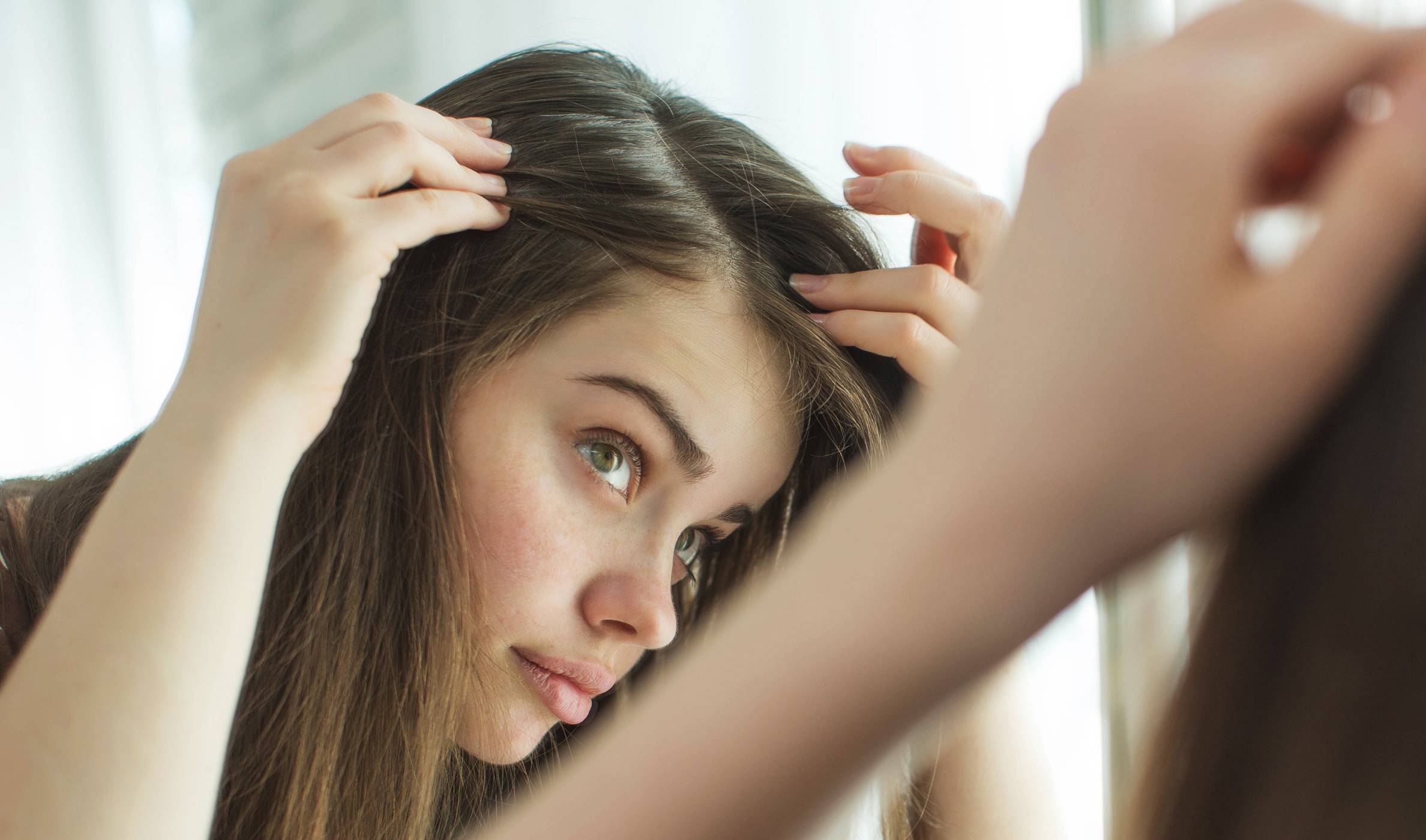In recent years, the field of medical hair management has witnessed significant advancements, particularly in the area of photobiomodulation (PBM) therapy using lasers or LED devices. This technique has shown promising results in promoting hair growth and is becoming increasingly popular as a non-invasive treatment option for individuals experiencing hair loss or thinning. This article aims to explore the medical management of hair, with a specific focus on PBM therapy and its effectiveness, pros and cons, and the best wavelengths for optimal hair regeneration.
Medical Management of Hair:
Hair loss can be a distressing condition for both men and women. Various medical interventions have been developed to address this issue, ranging from topical medications to surgical procedures. PBM therapy, also known as low-level laser therapy (LLLT), has emerged as a viable option for promoting hair growth.
Photobiomodulation (PBM) Therapy:
PBM therapy involves the use of lasers or LED devices to emit specific wavelengths of light onto the scalp. These wavelengths, particularly in the infrared range, have been found to stimulate cellular activity, improve blood circulation, and prolong the anagen (growth) phase of the hair follicles. This stimulation can lead to increased hair thickness, density, and overall hair growth.
Pros and Cons of PBM Therapy for Hair Growth:
1. Pros:
a. Non-invasive: PBM therapy is a non-surgical and non-invasive procedure, making it a favorable option for individuals seeking hair regrowth without the risks associated with invasive procedures.
b. Minimal side effects: PBM therapy is generally well-tolerated, with minimal side effects reported. It is considered a safe treatment option for most individuals.
c. Effective for scars: PBM therapy has shown promising results in improving the appearance of scars, particularly surgical scars in the scalp area.
d. Easy to administer: PBM therapy can be easily administered by a healthcare professional or even at home using handheld devices, making it convenient for long-term use.
2. Cons:
a. Not suitable for high melanin producers: PBM therapy requires specific parameters, such as a maximum power of 510 kW per cm2, which may not be suitable for individuals with higher levels of melanin.
b. Optimal depth of wavelength: The best wavelengths for PBM therapy in hair growth range from 790-820 nm, as this range provides the necessary depth for stimulating hair follicles. However, output power may not need to be very high, as the scalp does not require deep penetration.
c. Varied efficacy: The effectiveness of PBM therapy for hair growth can vary among individuals. Factors such as the underlying cause of hair loss, duration of treatment, and adherence to the treatment protocol can influence the outcomes.
Role of Wavelength in PBM Therapy:
The wavelength of the light used in PBM therapy plays a crucial role in determining its efficacy. Light of different wavelengths penetrates the tissue at varying depths, affecting the target area accordingly. In the context of hair growth, red, blue, and infrared wavelengths have shown promising results.
1. Red Light:
Red light, ranging from red to yellow in the visible light spectrum, has demonstrated positive effects in reducing swelling and inflammation after surgical procedures. In some countries like Brazil, it is commonly used both pre- and post-surgery to aid in the healing process.
2. Blue Light:
Blue light has been found to possess antimicrobial properties, making it effective in combating scalp infections or dandruff that could hinder hair growth. It can be used in conjunction with red light therapy to address multiple hair-related concerns.
3. Infrared Light:
Infrared light, particularly in the 790-820 nm wavelength range, has shown the greatest depth penetration into tissues. This deep penetration enables stimulation of hair follicles on a cellular level, promoting cellular activity
In conclusion, photobiomodulation therapy, such as low-level laser therapy (LLLT), has emerged as a promising non-invasive option for hair thinning and hair growth. However, to achieve optimal results, it is recommended to use a photobiomodulator like LLLT at least twice weekly for a minimum of 15 minutes each time and up to 8 months to observe some results .It is important to note that while PBM therapy can provide noticeable improvements in hair growth, its results may not be superior to those achieved through hair surgery or other invasive therapies. Therefore, a comprehensive approach that combines different treatment modalities may be necessary for individuals seeking more significant hair restoration outcomes.









